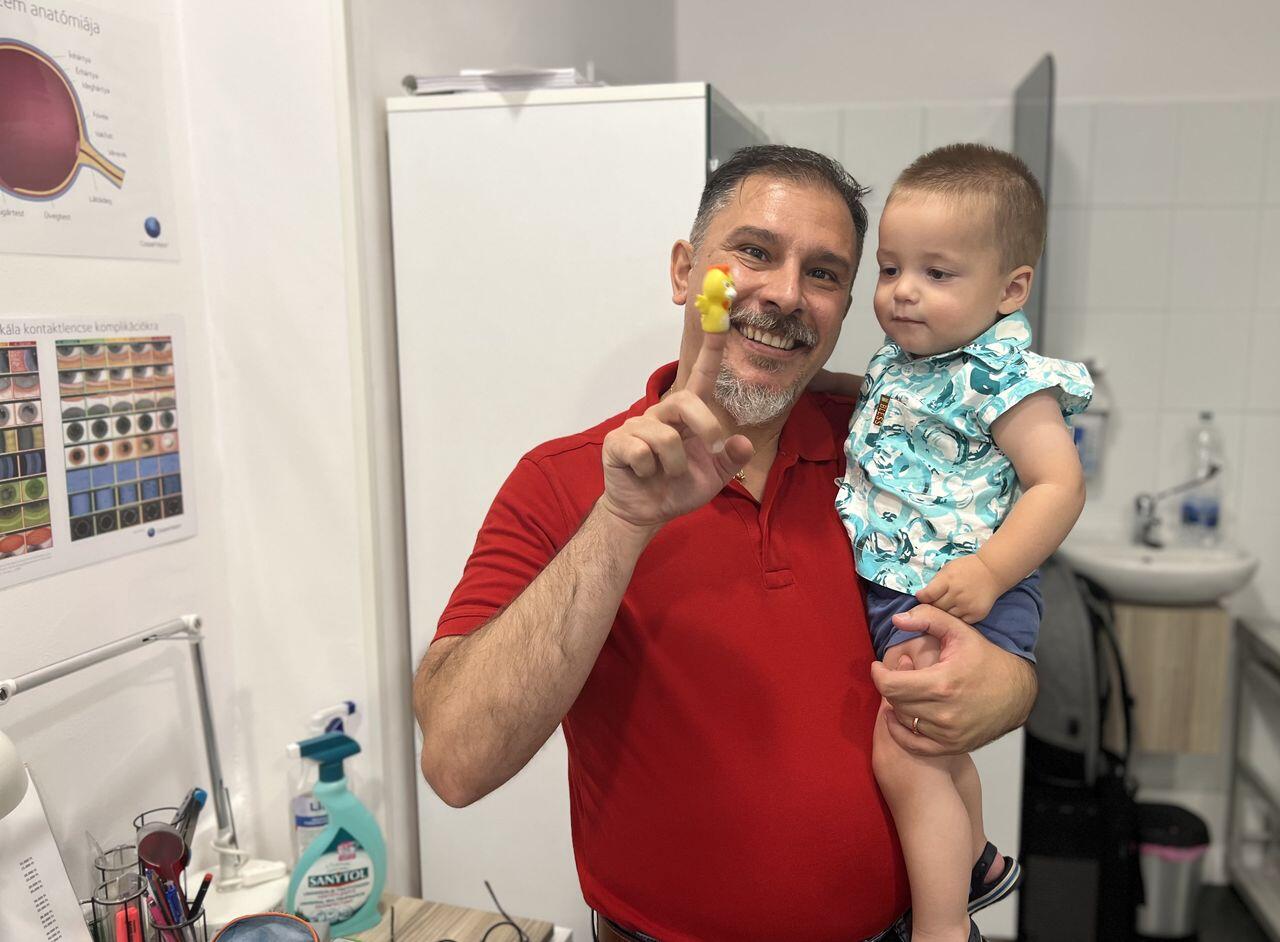If you have a vision problem in your life, it’s only natural to go and get glasses fitted or have other eye tests. However, there are some cases where a more complex vision test than the traditional tests is needed, this is a functional eye test.
When learning to read and write, there may be visual problems which can be detected and assessed by this type of vision test. Unfortunately, if the developmental deficiencies of the different sub-skills are not addressed in a timely and appropriate manner, learning difficulties are exacerbated. Poor visual processes can lead to reading problems, such as dyslexia, where people have problems recognising and writing letters, words and numbers, and often switch letters or read in the opposite direction. This is precisely why children with dyslexia are much slower to process visual information. In cases such as these, it is not enough to ask whether the child needs glasses, but to go much further.
Whereas general eye examinations look at the anatomical and physical condition of the eye and how well the patient can see at a distance, functional vision testing takes a completely different approach to identifying problems. This comprehensive mapping, which can be referred to as a special education examination, highlights the links between learning disabilities and vision, screens critical sub-skills and provides a picture of the accuracy, adaptability and optimal functioning of the visual system. It reveals how areas of the visual system that are poorly functioning cause noticeable and measurable problems and symptoms that lead to learning difficulties.
Parts and procedure of a functional vision test
A functional eye test is very similar to a traditional eye test, but it is completely different. The first step is to discuss the symptoms you are experiencing in detail. The child’s visual performance and visual functions are then analysed, according to his or her age, mobility, level of development and abilities. This is in fact an observation phase, focusing on spatial vision, eye-hand coordination, cognitive abilities, laterality – i.e. whether the child prefers to use his or her right or left hand – and basic muscle tone and movement.
This is followed by various tests of visual experience, including colour vision, contrast vision, visual acuity, light sensitivity, joint functioning of the two eyes and imaging speed. In this part, objective, instrumental tests are carried out. The results are then evaluated and, depending on the results, recommendations for improvement are made. If necessary, an optical instrument test will also be carried out at the end of the examination.


